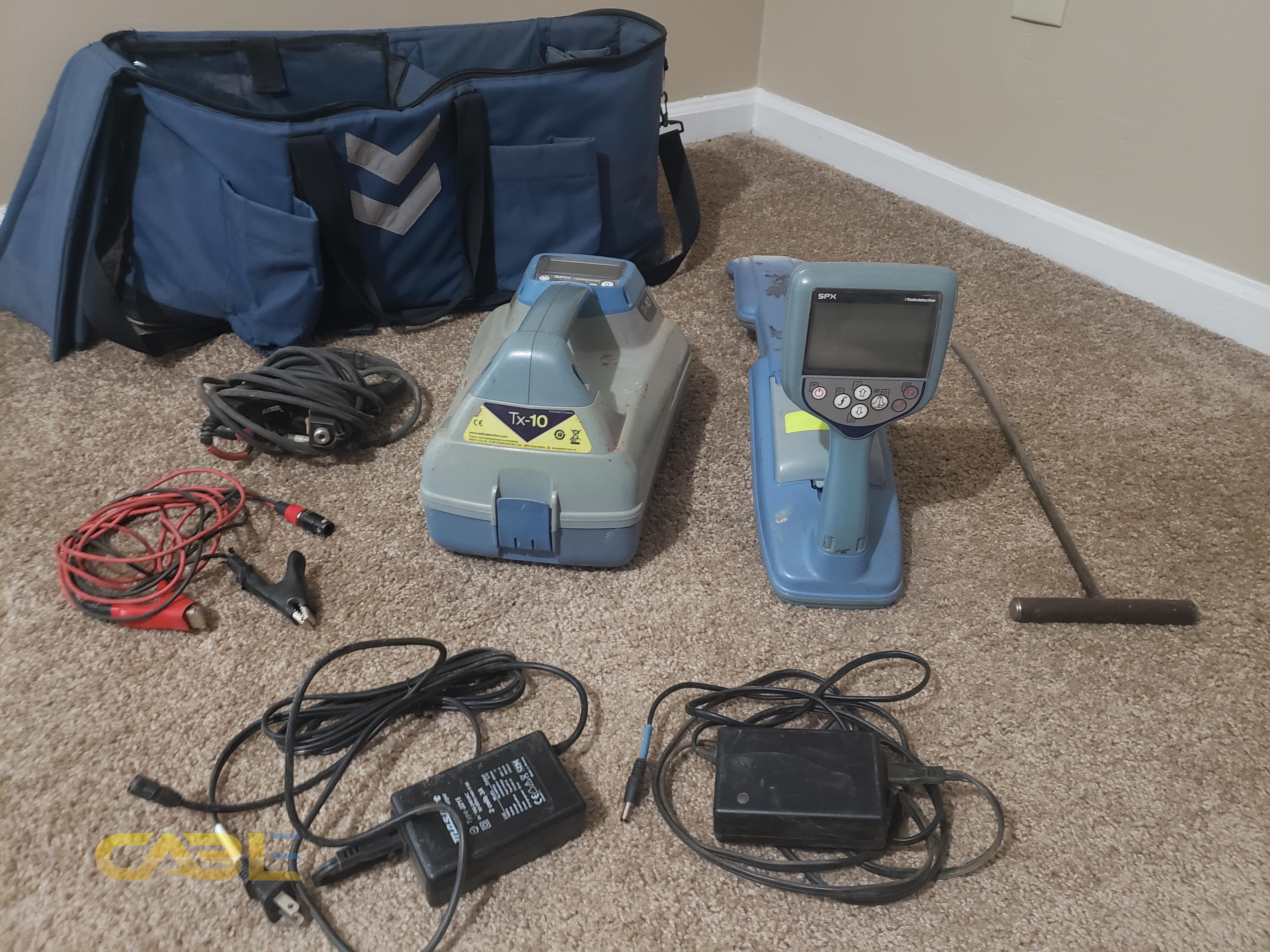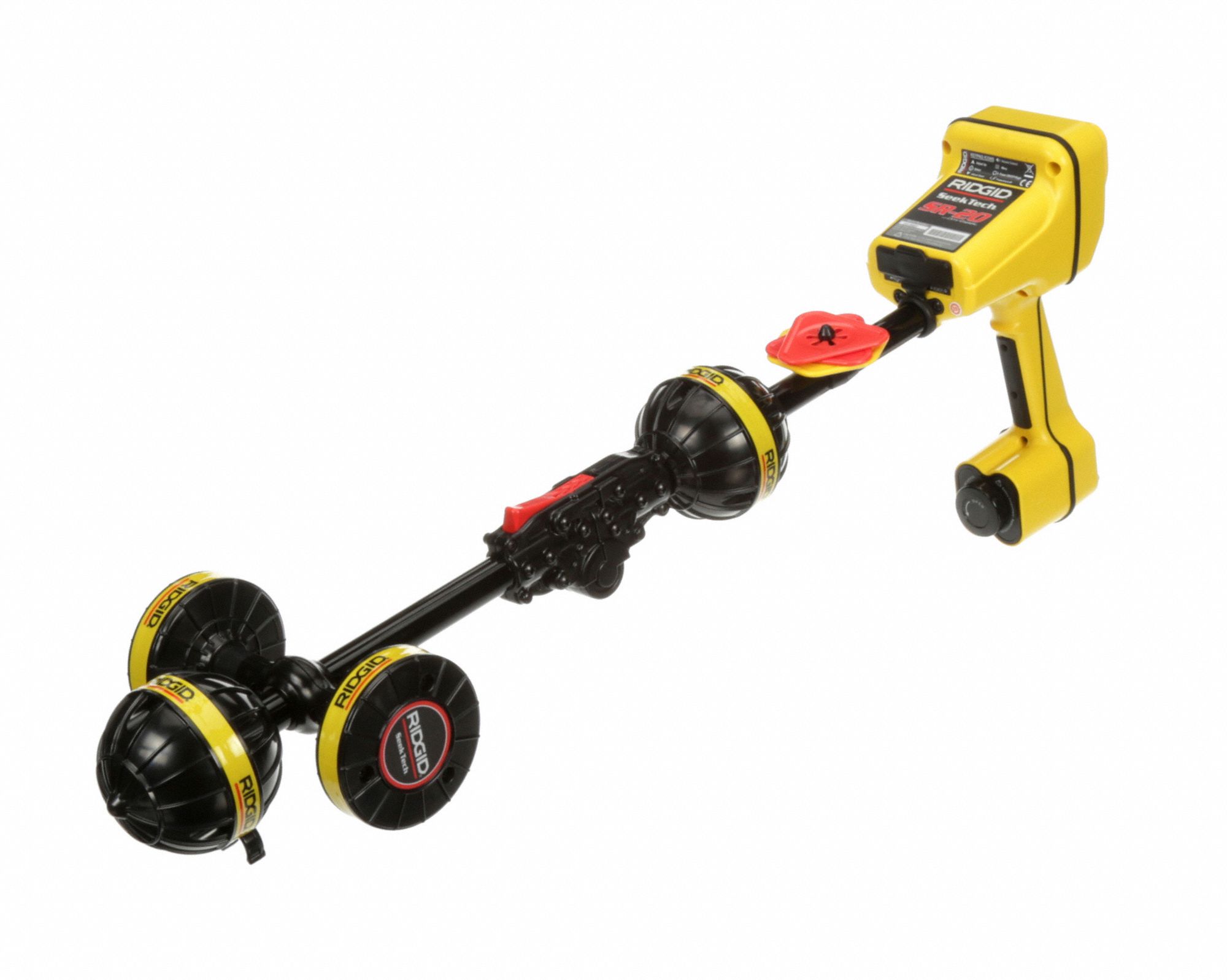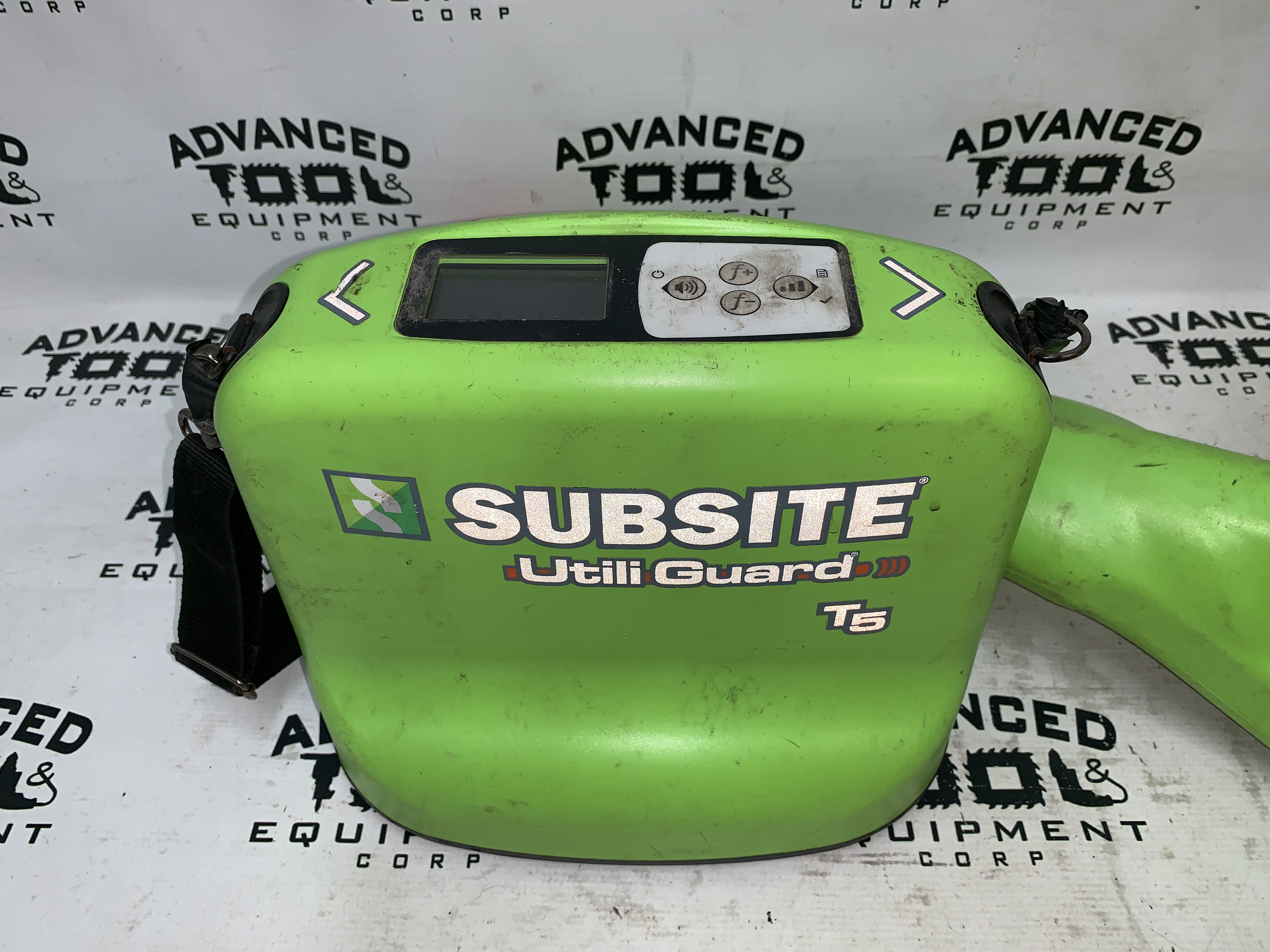Uncovering The Secrets Of Vermont Underground Line Locator: Your Ultimate Guide
Imagine this—you're digging in your backyard, and suddenly you hear that dreaded sound: a snap. Uh-oh, you just hit an underground line. But don’t sweat it, friend. Today, we’re diving deep into the world of Vermont underground line locators. Whether you're a homeowner, contractor, or just curious about what’s beneath your feet, this guide is here to help you out. We’ll break down everything you need to know, from the basics to the nitty-gritty details. So buckle up, because we’re about to take a wild ride through the underground world of Vermont’s utility lines.
Now, let’s get one thing straight: underground line locators aren’t just fancy gadgets for pros. They’re essential tools for anyone who plans to dig, build, or even plant a tree. In Vermont, where the landscape can be unpredictable, knowing what’s beneath the surface is crucial. Not only does it save you from costly repairs, but it also keeps you safe from potential hazards like gas leaks or electrical shocks. So, yeah, this stuff matters.
Before we dive deeper, let me drop a quick truth bomb: using a Vermont underground line locator isn’t as complicated as it sounds. Sure, there’s some tech involved, but with the right info and tools, anyone can master it. In this guide, we’ll cover everything from how these locators work to the best practices for using them. And hey, we’ll even throw in some tips and tricks to make your life easier. Let’s dig in!
What is a Vermont Underground Line Locator?
Alright, let’s start with the basics. A Vermont underground line locator is basically a device that helps you detect and map out underground utilities like water pipes, gas lines, and electrical cables. Think of it as a treasure map for what’s hidden beneath the soil. These locators use advanced technology to send signals into the ground, which then bounce back to show you exactly where the lines are.
Now, why is this important? Well, digging without knowing what’s below you is like driving blindfolded. You could hit a gas line and cause an explosion, or sever an electrical cable and cut off power to your whole neighborhood. Not exactly ideal, right? That’s where underground line locators come in. They give you the clarity and confidence to dig safely.
How Do These Locators Work?
Here’s the science-y part. Most underground line locators use electromagnetic signals to detect buried utilities. The device sends out a signal that interacts with metallic objects underground, creating a return signal that the locator can pick up. This process helps pinpoint the exact location and depth of the lines. Pretty cool, huh?
There are two main types of locators: passive and active. Passive locators pick up on existing signals from utilities, while active locators send out their own signals to get a clearer picture. Both have their pros and cons, but they’re both super effective when used correctly.
Why is Vermont’s Underground Line Locator Important?
Let’s face it—Vermont’s terrain isn’t exactly flat and predictable. With its rocky soil and dense forests, knowing what’s beneath the surface is crucial. Whether you’re building a new deck, installing a fence, or just doing some gardening, an underground line locator can save you a ton of trouble.
But it’s not just about convenience. Safety is a huge factor here. Hitting a gas line or electrical cable can be downright dangerous, not to mention expensive. In Vermont, where winters can be harsh, having a reliable locator can prevent costly repairs and potential disasters.
Common Utilities Detected by Locators
- Water Pipes
- Gas Lines
- Electrical Cables
- Sewer Lines
- Telecommunication Wires
Each of these utilities serves a different purpose, and knowing their exact locations can make a huge difference in your projects. For example, hitting a water pipe can flood your yard, while severing a sewer line can create a nasty mess. Yuck.
Top Features to Look for in a Vermont Underground Line Locator
Not all locators are created equal. When shopping for one, there are a few key features you should keep in mind. Here’s a quick rundown:
- Accuracy: Look for a locator that offers precise readings. The last thing you want is to miss a line because the device wasn’t accurate enough.
- Depth Detection: Some locators can only detect lines near the surface, while others can go deeper. If you’re working on larger projects, depth detection is a must-have.
- Ease of Use: You don’t want a device that requires a PhD to operate. Choose one with a user-friendly interface that’s easy to understand.
- Battery Life: Nobody likes running out of juice halfway through a job. Opt for a locator with a long battery life to keep you powered up all day.
By keeping these features in mind, you’ll be able to find a locator that suits your needs perfectly. And trust me, it’ll make your life a whole lot easier.
Best Practices for Using a Vermont Underground Line Locator
Now that you know what to look for, let’s talk about how to use your locator effectively. Here are a few best practices to keep in mind:
First things first, always do your research. Before you start digging, call 811 to have the utility companies mark the lines on your property. This is a free service in Vermont, and it can save you a ton of hassle. Once the lines are marked, you can use your locator to double-check their accuracy.
Next, make sure you calibrate your locator properly. Every device is a little different, so read the manual carefully to ensure you’re getting the most accurate readings possible. And don’t forget to test it out in a safe area before you start your project.
Tips for Beginners
If you’re new to using a line locator, here are a few tips to help you get started:
- Start with small projects to get the hang of it.
- Practice in different types of soil to see how the device performs.
- Take detailed notes on your findings for future reference.
Remember, practice makes perfect. The more you use your locator, the better you’ll get at interpreting the data it provides.
Common Mistakes to Avoid
Even the best tools can be misused, so let’s talk about some common mistakes to avoid:
One of the biggest no-nos is assuming that the lines marked by the utility companies are 100% accurate. Always double-check with your locator to be sure. Another mistake is not calibrating the device properly, which can lead to inaccurate readings. And finally, don’t rush the process. Take your time to ensure you’re getting accurate results.
How to Avoid These Mistakes
To avoid these pitfalls, here’s what you can do:
- Double-check all markings with your locator.
- Follow the calibration instructions carefully.
- Work methodically and don’t rush the process.
By staying vigilant and following these tips, you’ll be able to use your locator like a pro in no time.
Cost Considerations
Now, let’s talk money. Underground line locators can range from a few hundred dollars to several thousand, depending on the features and brand. For most homeowners, a mid-range locator should suffice. But if you’re a professional contractor, investing in a high-end model might be worth it in the long run.
When budgeting for a locator, consider factors like frequency of use, project size, and required accuracy. And don’t forget to factor in maintenance costs, like battery replacements and software updates.
Best Brands to Consider
Here are a few top brands to check out:
- Leica
- Fluke
- SeekTech
Each of these brands offers a range of models to suit different needs and budgets. Do your research and read reviews to find the one that’s right for you.
Environmental Impact
As we dig deeper into the world of underground line locators, it’s important to consider their environmental impact. Properly locating and marking utility lines can prevent accidental damage, which in turn reduces waste and pollution. For example, hitting a water pipe can waste thousands of gallons of water, while severing a gas line can release harmful emissions into the atmosphere.
By using a Vermont underground line locator, you’re not only protecting yourself and your property but also contributing to a healthier planet. Now that’s what I call a win-win situation.
Conclusion
So, there you have it—everything you need to know about Vermont underground line locators. From understanding how they work to choosing the right one for your needs, this guide has got you covered. Remember, safety and accuracy are key when it comes to digging projects. By investing in a quality locator and following best practices, you can avoid costly mistakes and potential disasters.
Now, here’s where you come in. If you’ve found this guide helpful, drop a comment below and let us know. And if you have any questions or tips of your own, feel free to share them with the community. Together, we can make digging safer and more efficient for everyone. Happy digging, folks!
Daftar Isi:
- What is a Vermont Underground Line Locator?
- How Do These Locators Work?
- Why is Vermont’s Underground Line Locator Important?
- Common Utilities Detected by Locators
- Top Features to Look for in a Vermont Underground Line Locator
- Best Practices for Using a Vermont Underground Line Locator
- Common Mistakes to Avoid
- Cost Considerations
- Environmental Impact
- Conclusion



Detail Author:
- Name : Miss Anabel Cummerata
- Email : [email protected]
- Birthdate : 1978-06-12
- Address : 7041 Madeline Glens Apt. 888 Port Catalinaton, CO 65898-6770
- Phone : 1-380-258-3302
- Company : Hickle-Hauck
- Job : Urban Planner
- Bio : Consequatur sequi repellendus ut impedit expedita rem blanditiis inventore. Voluptatibus voluptatibus odit qui accusantium dolor reprehenderit eos et. Qui rerum adipisci libero ipsa ratione minus.